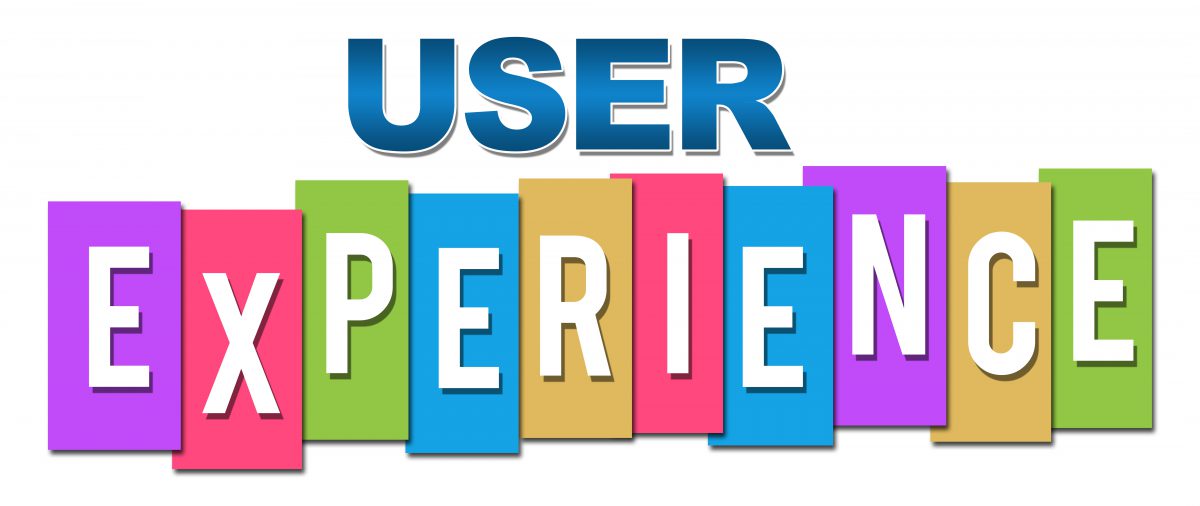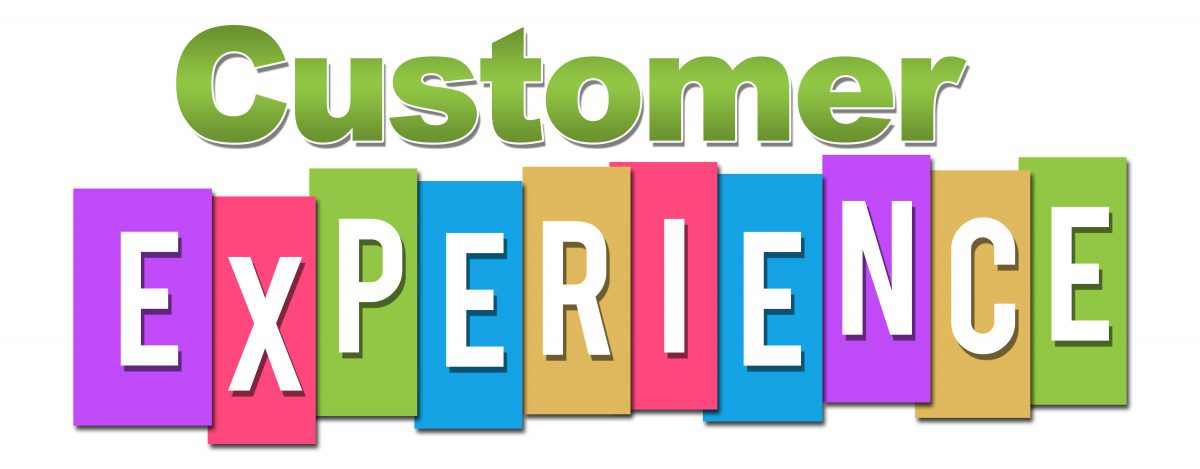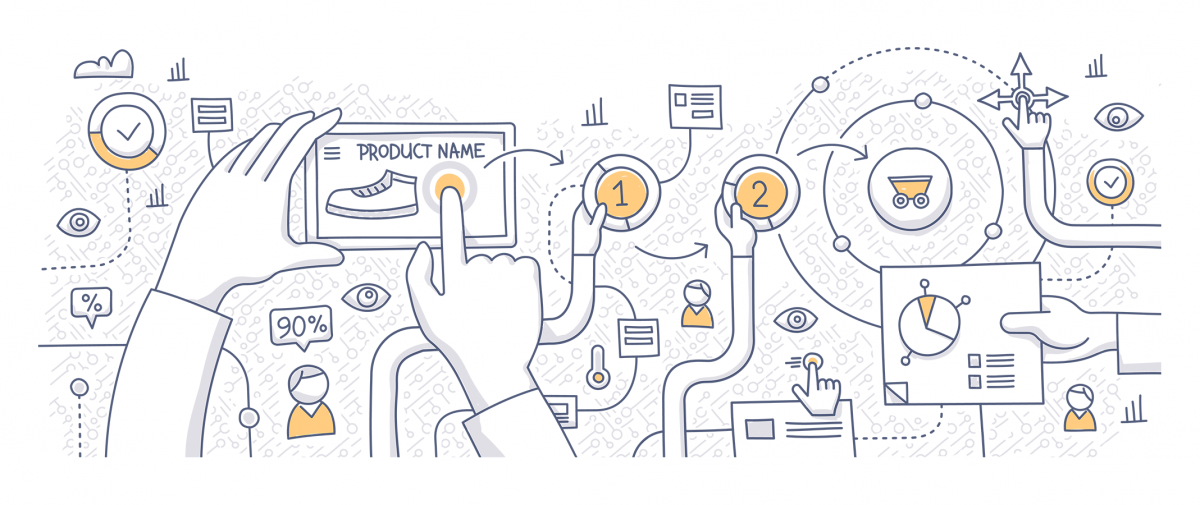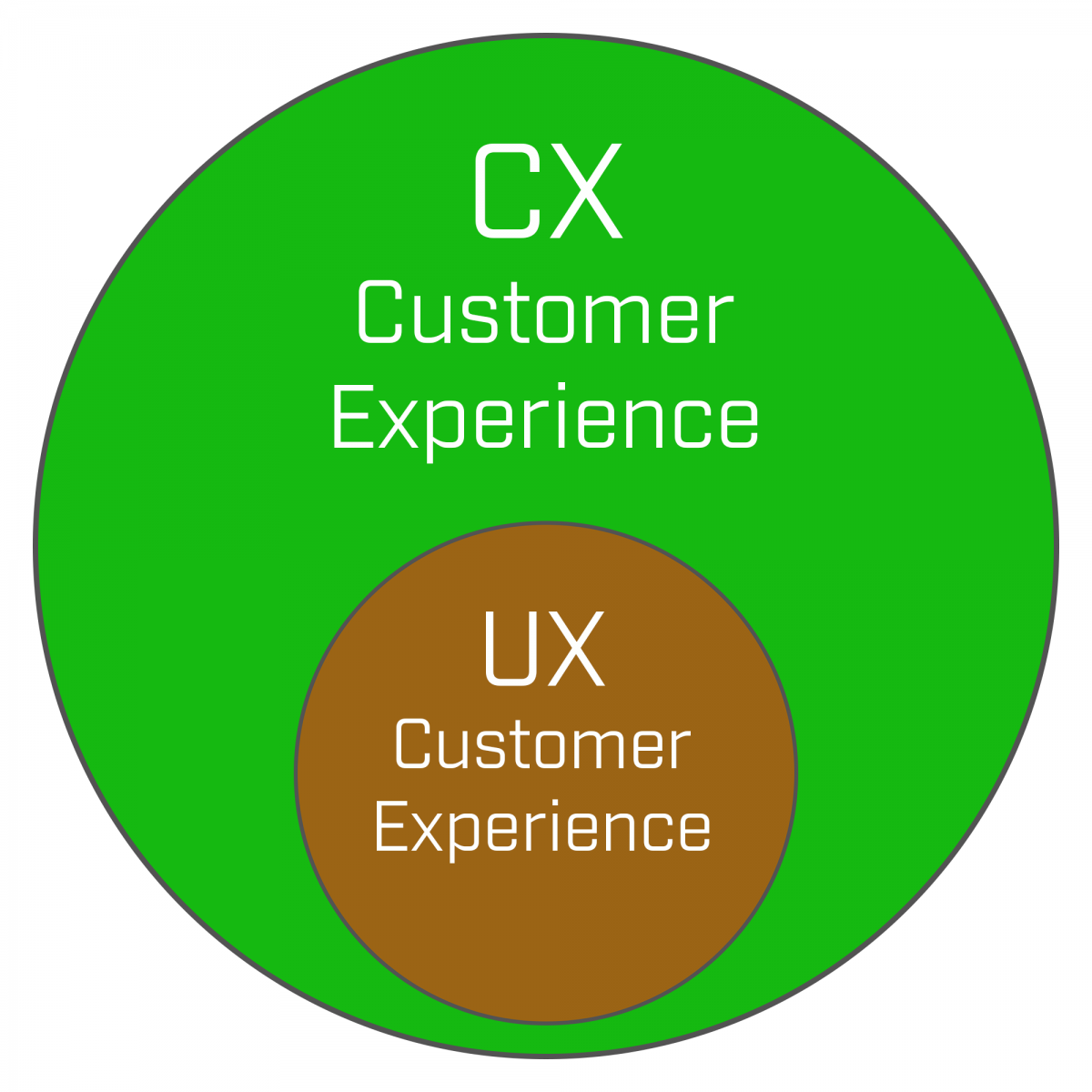CX and UX are two buzz words that are currently very trendy. But unfortunately, I often hear and see confusion between the two concepts. So what do they mean?

User Experience (UX) is a concept that includes the experience you have as a customer with the direct use of the company’s product (or service). Quantitative methods are used to measure UX, such as reliability, failure rate, simplicity, usability, change frequency, and time to complete a task. You can measure a website’s UX by how many clicks it takes to perform a task.

Customer Experience (CX) is a broader concept than UX and encompasses the total experience you have as a client with the direct use of the product (or service) and all interactions you have with the company. The experience may be measured based on only one purchase occasion or over a longer time with repeat purchases. In summary, CX reflects the feeling you have as a customer, based on all interactions with the company.

Why is UX and CX increasingly important?
Many of us receive daily emails and phone calls where we are asked to evaluate a company with which we have had business relations. Often the questionnaire also includes questions about the experience with the direct use of the product or service that we purchased.
The reasons behind measuring UX and CX is that we, as customers, are increasingly disloyal and volatile. We change suppliers if we are not satisfied. Furthermore, we frequently share our experiences, positive as well as negative, on social media. It is expensive for the company to attract new customers, and perhaps even more costly to gain back a customer who left. Therefore, it is important and profitable to keep existing customers. However, to stay as a customer, we need to feel satisfied with the company, its products, and its services.
To gain high-CX, what is required?
To give a company a high CX value you should expect professional, responsive, and helpful interactions with the business and its staff. A conventional method to measure CX is by using the NPS method (Net Promoter Score). NPS measures the likelihood that you’ll continue to stay as a customer by asking if you will recommend the company, the product, and services to your friends.
In summary, CX contains several parameters beyond the actual product and/or service UX does not cover. UX can, therefore, be said to be a subset of the CX.

In order to get high CX, the business needs, of course, to score high on UX.
Basic UX requirements are to:
- Understand and meet the customer’s real needs.
- Providing products, services, and support that simplifies things for the client and is not cumbersome or awkward to use.
- The design is straightforward and innovative (smart).
- The product is easy to use with a user interface (UI) that minimizes user errors.
In addition, achieving a high CX requires:
- Strategic objectives for maximum CX, which build a foundation for coordination between all parts of the company.
- A system for CEM (customer experience management) must be in place.
- Dedicated, helpful, and responsive staff who acts swiftly in contact with the customer, especially when problems occur.
- A company offering high CX reaches far beyond what you as a client expect, e.g., understand what you like to have.
- Attractiveness for the corporate citizen with a sustainable business.
Example
Suppose you need a new pair of jeans of a particular model. On the Web, you can quickly find an online shop with a nicely designed website. It is easy to quickly find the page showing the particular brand and model you are looking for. The price is affordable, and you place the order, pay with your credit card, and are given the information that the jeans will be delivered within three days. You are very satisfied with the webshop and shopping experience.
But when three days have passed, there is no delivery. You check with your bank and can see that the money has been drawn from your account the day after the order. You call the company behind the webshop and end up in a telephone queue for some ten minutes. When at last you make contact with the support, you get the information that that particular model is out of stock, and it is uncertain when and if the model will be available.
When you ask why you have not received any information that the model was not in stock, you are told that the web page has unfortunately not been updated and the system for email information has been down. You are offered a different model, which you do not accept, and request a refund. It then takes a week before the money is returned to your bank account.
After some days, you receive an email asking you to provide feedback on the customer experience. If you are not too disappointed, you might give high ratings, to the UX, for the company’s online shop, its stylish design, and ease in finding what you are looking for. However, you cannot answer the question of how you find the use of the product that you had purchased because you did not get it delivered. In the assessment of contacts, with customer support, you gave the lowest possible score. Overall, your experiences, as a customer, resulted in a very low rating on the CX.
It is evident, in this example, that there were no strategic objectives and coordinated actions to maximize CX. A system for CEM (Customer Experience Management) was, obviously, not in place.
The video below shows a similar example and how to turn an unhappy customer to become satisfied.
Companies with High CX Scores
There are many companies that have outstanding customer experience reviews. Some well-known examples are Apple, Amazon, Lexus, and BMW Nespresso. But, there are of course also smaller and lesser-known businesses with satisfied customers. One company, with very high CX scores, is the Swedish company, Sectra (listed on NASDAQ, Stockholm). Sectra has, during the last couple of years, received very high ratings from the clients.
Sectra provides IT systems for the management and storage of digital images (mainly in radiology) to hospitals around the world. Sectra got the highest ranking in the independent customer satisfaction survey, “Best in KLAS,” in the United States. Sectra emphasizes the importance of having:
“The knowledge to meet expectations. The passion to exceed them.”
As a Swede, I’m pleased to note that the two Swedish state-owned operations, The Swedish Tax Agency (swe. Skatteverket) and the Swedish Customs (swe. Tullverket), rank very high among citizens and customers. And, last but not least: A great CX is made possible by dedicated employees and, over time, results in a well-respected brand.
Images: Adobe Stock and Vestadil AB.